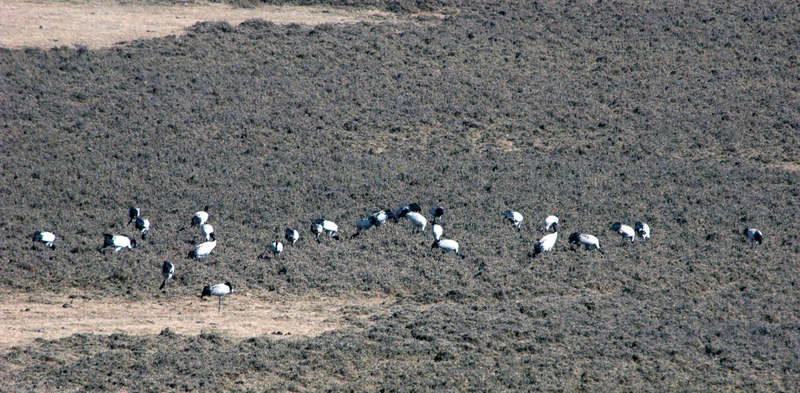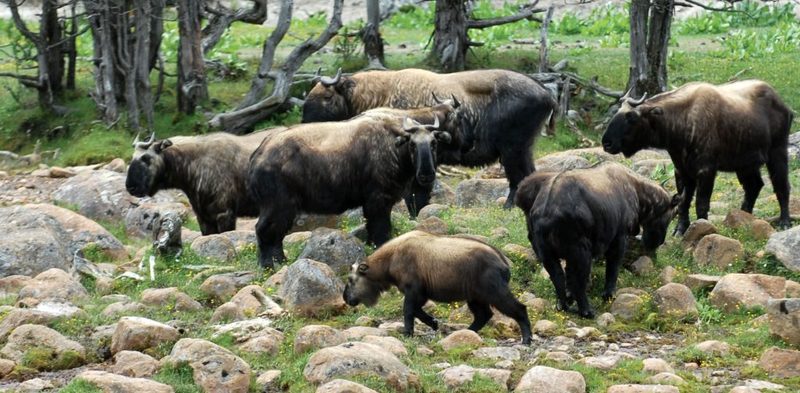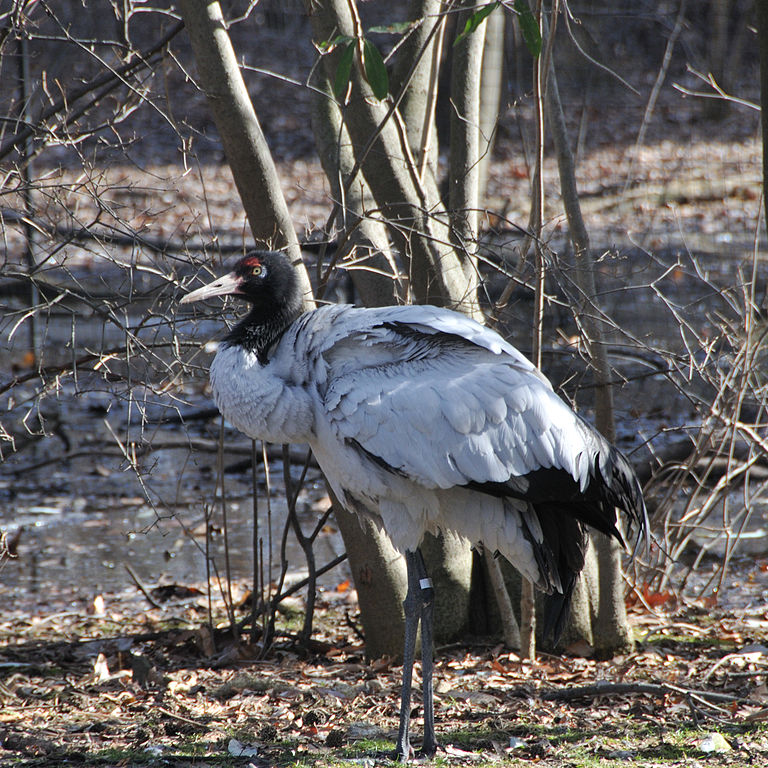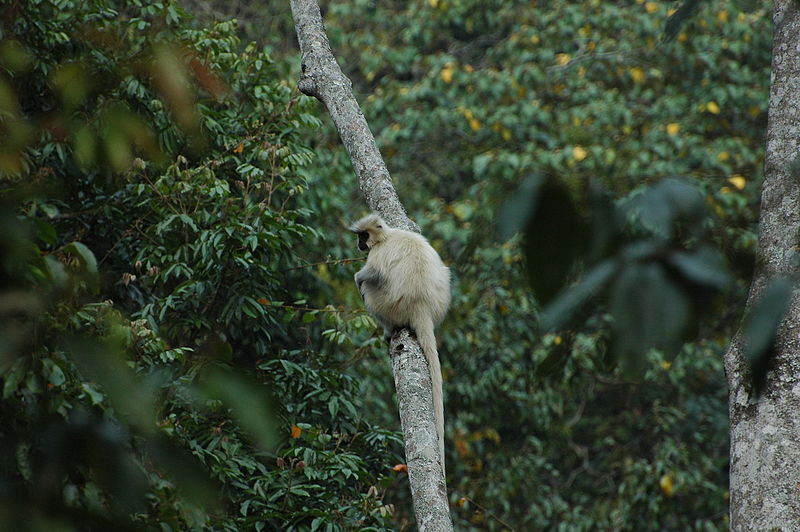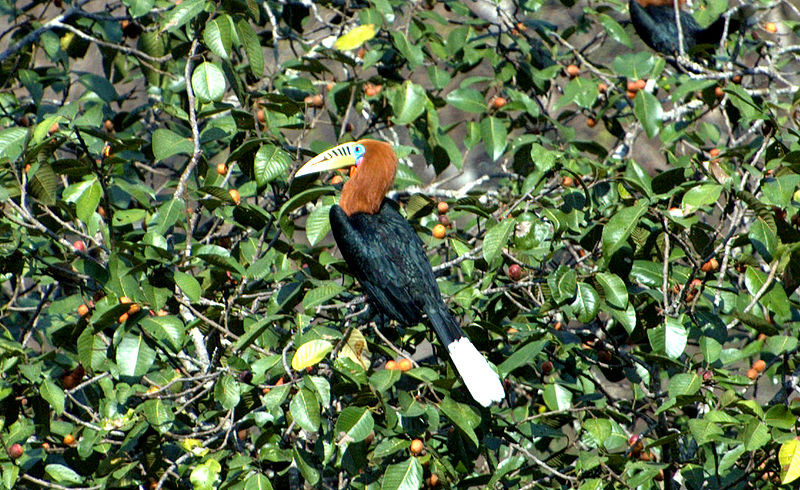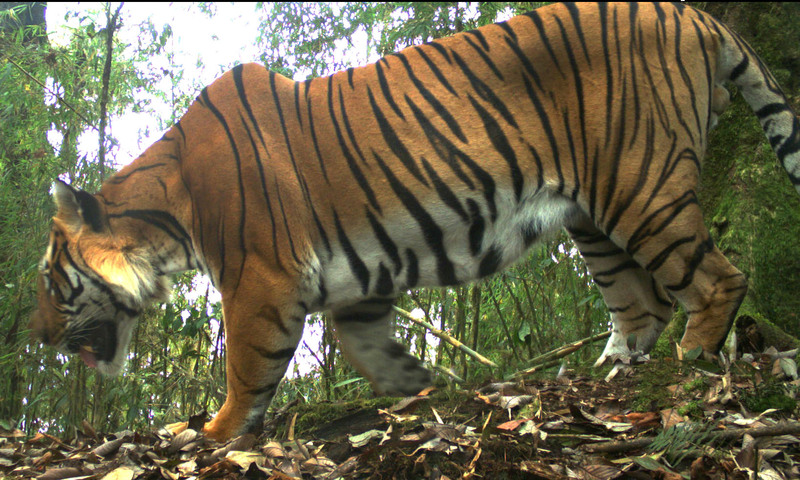Jigme Singai Wangchuck
Jigme Singai Wangchuck is a national park in the central part of Bhutan, spread over a vast territory of 1,730 km2. It was created in 1995 to preserve the biological diversity of the Black Mountains and maintain the ecosystem of the region.
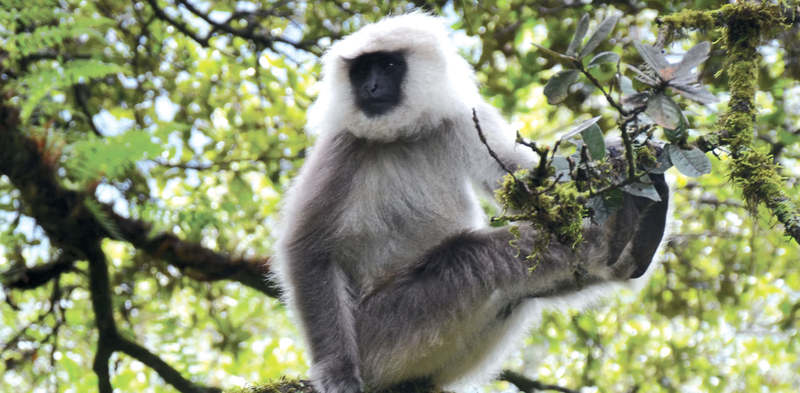
Along the border of the park from north to southeast are the main roads of Bhutan from east to west and from north to south. It is also connected through biological corridors to other national parks in northern, eastern, central and southern Bhutan. Jigme Singai Wangchuk is the best example of medium-sized Himalayan ecosystems that contain several ecological biomes, from subtropical forests at lower elevations to alpine meadows in the highlands. The highest of the mountains rises to a height of 4,925 meters. This is the only park in which the old pine forest of Chir is located. The park is also vital for various species of migratory birds due to its wide variety of vegetation: alpine lakes and pastures, coniferous and deciduous forests, temperate and subtropical forests and mountains under constant snow cover.
In total, about 325 species of birds have been registered in the park. Of these, eight are endangered. 39 species have been recorded among mammals: tigers, clouded leopards, gauras, langurs, squirrels, red wolves, wild boars, martens, panthers, Himalayan bears, red pandas. There are also 139 species of butterflies registered here. To preserve animals in the Jigme-Singai-Wangchuk Park, corridors are being organized to connect various areas of the park, patrols have been set up to catch poachers, and various studies are being conducted.
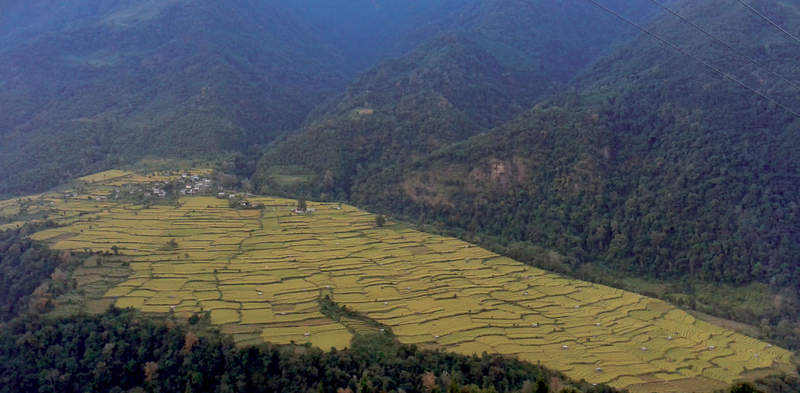
Approximately 15,000 people live in the park and its surroundings. Their lives are somehow connected with the national park: those who are engaged in agriculture or animal husbandry, and the most enterprising conduct multi-day excursions with tourists, showing the most interesting sights of the park. All tourist routes pass by various communities and villages, and they, in turn, provide overnight accommodation and other services for a fee.
Bhutan is an amazing country with a unique culture, lots of Buddhist temples and clean air. It is worth noting that according to the country's constitution, at least 60% should be in green spaces and forests, and the authorities do their best to support and restore forest cover.
